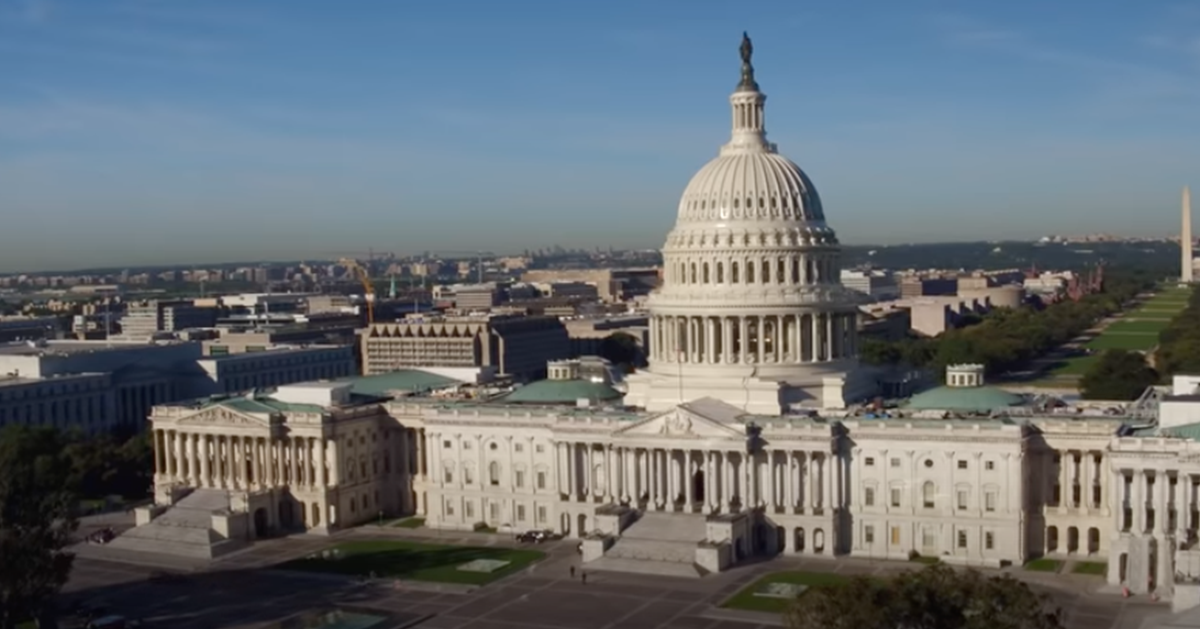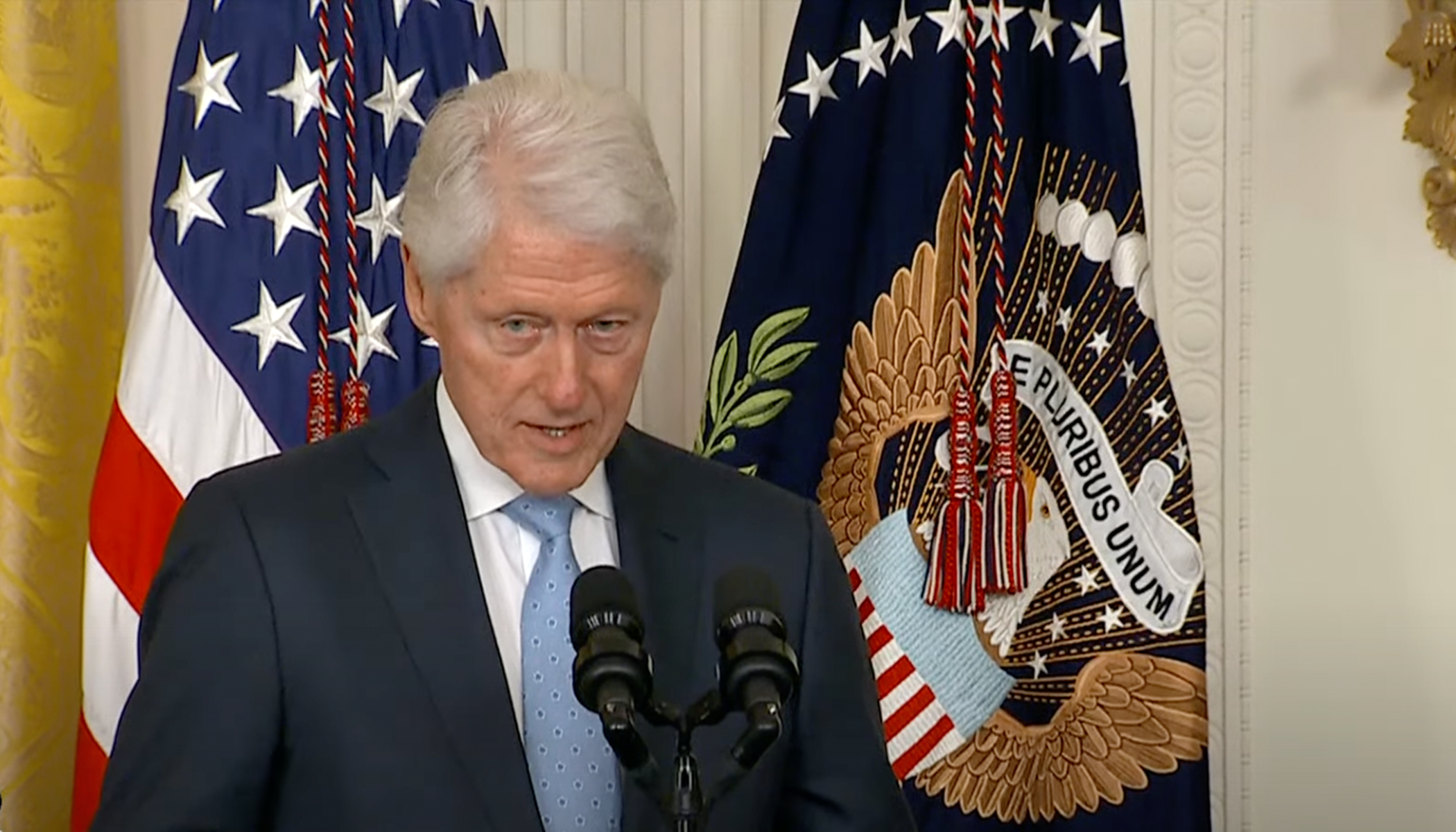New Bodycam Footage Brings Uncertainty to Daniel Penny Trial
As the trial of Daniel Penny commenced in New York, surprising evidence introduced new complexities into the case, challenging preconceptions about Penny's involvement in Jordan Neely's tragic death.
The trial is taking place under heightened public interest due to its overlap with the current election season, turning the spotlight on the legal scrutiny of Penny's actions on a New York City subway, with new revelations casting doubt on the prosecution's arguments, as Redstate.com reports.
Penny stands accused of manslaughter following an incident involving Neely, a man whose erratic and violent behavior on the subway sowed fear among passengers.
Neely reportedly lunged at and threatened women and children, a scenario that led Penny to intervene and attempt to restrain him.
Despite facing serious charges, Penny's defense has been bolstered by recent developments. Earlier video records displayed Neely breathing after the encounter at issue, with Penny ensuring he was placed in a recovery position.
These points have been crucial for the defense, and the narrative took another surprising turn with the introduction of bodycam footage.
Uncertainty Grows Around Officers' Actions
The newly surfaced footage presented at trial provided pivotal insight, indicating that Neely continued to exhibit signs of life when law enforcement arrived at the scene. Police officers attending to Neely confirmed his vital signs, with one officer stating, "I got a pulse," followed by another officer agreeing.
These revelations shifted a portion of scrutiny onto the actions of the officers upon arrival. Instead of performing traditional CPR, officers decided to administer Narcan, a medication typically reserved for opioid overdoses, suspecting possible substance use by Neely.
The decision not to perform mouth-to-mouth resuscitation was driven by caution. Testimonies from an NYPD sergeant highlighted concerns about health risks, citing Neely's disheveled state and the potential for infectious disease transmission as influencing factors. "He seemed to be a drug user... he was very dirty. I didn’t want them to get... hepatitis," the sergeant elaborated.
Officers Discuss Concerns in Resuscitation
Concerns about Neely's condition impacted their rescue response. "If he did wake up, he would have been vomiting. I didn’t want my officers to do that," the sergeant testified, emphasizing the decision to prioritize officer safety during critical moments. The hesitance towards performing direct resuscitation also reflected broader concerns about police protection protocols.
Neely's condition took a turn for the worse despite these efforts, culminating in CPR being initiated at 2:38 p.m. without the inclusion of mouth-to-mouth resuscitation. The lacking traditional resuscitation efforts have raised questions about the adequacy of the first responders’ intervention.
Discussions of Narcan's Role in Response
The decision to use Narcan has been scrutinized given its usual application for opioid overdoses, adding to the debate about whether it was the most appropriate response in Neely's case.
This choice underscores the broader concerns about pre-existing biases and assumptions impacting emergency responses, particularly in cases involving individuals believed to be affected by substance use.
In the face of evolving evidence, the trial has cast a spotlight on the procedural decisions made by officers in such high-stakes situations. As the trial unfolds, arguments will likely weigh heavily on the implications of these decisions.
Broader Implications for Legal Proceedings
These unfolding developments present complex questions for the legal proceedings. Did Penny's actions truly result in Neely's death, or did the subsequent handling by emergency responders contribute to the tragic outcome? The bodycam footage presents an intricate layer of nuance, challenging preconceived narratives and highlighting the multifaceted nature of justice.
Beyond the immediate legal questions, this trial has highlighted the intricate balance faced by first responders when dealing with vulnerable populations. The case prompts reflections on broader societal issues, including how systemic biases and assumptions can influence outcomes in high-pressure scenarios.
Conclusion and Anticipation for Trial Outcomes
As Daniel Penny's trial continues, the focus remains on the evidence introduced through these recordings and testimonies. With new insights into the situation, the case is poised to contribute significantly to the ongoing dialogue about accountability and responsibility, both for civilians and emergency responders alike.
The outcome holds potential implications not only for Penny but also for future legal standards and law enforcement protocols. As communities keenly observe the proceedings, the trial underscores the critical intersections between justice, public safety, and societal context.





